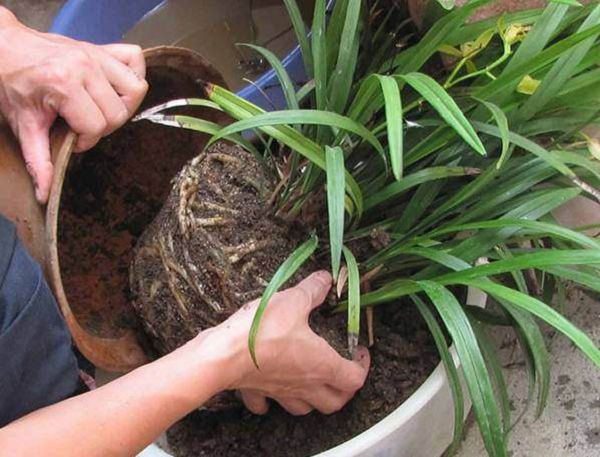Which flowers have strong cold tolerance and which are weak?
A variety of flowers and plants come from all directions of the earth, and because the climatic conditions of their places of origin vary greatly, their cold tolerance is also quite different. The cold tolerance of all kinds of flowers is related to the problem of how to make them survive the winter safely, so they should be grasped earnestly, otherwise they will be frozen to death. According to their cold tolerance, flowers can be divided into the following three categories:
(1) hardy flowers. Most of these flowers are native to temperate zone, north temperate zone and sub-cold zone, and can survive the winter safely in the north of our country. Such as honeysuckle, Lingxiao, rose, rose, purple, hibiscus, clove, spring, forsythia, elm plum, yellow prickly plum, pearl plum, Taiping flower, stick stem Begonia, Parthenocissus, wisteria and other deciduous shrubs and lianas, as well as juniper, Platycladus orientalis, small-leaf yellow poplar, ginkgo, climbing cypress and other evergreen ornamental trees, as well as persistent roots and bulbous grass flowers such as jade hairpin, Lycoris, hemerocallis, Dutch chrysanthemum, hollyhock, etc.
(2) semi-capsule-resistant flowers. Most of these flowers are native to warm temperate zones and can survive the winter safely in the Yangtze River Basin in China. In the north of North China, Northeast and Northwest, it is necessary to bury soil or wrap grass to protect the winter, and pot cultivation needs to be moved into the cold room or cellar to survive the winter. Their aboveground plants cannot stand the severe winter cold in the north, or fear the cold dry wind, otherwise the branches will be drained. There are mainly deciduous flowers and trees such as rose, peony, green peach, plum blossom, wax plum, pomegranate and fig, as well as evergreen flowers and trees such as Mulan, Luoshi (ten thousand words Rongli), oleander, magnolia, palm, dragon cypress, cedar, emerald cypress, five-needle pine, as well as chrysanthemum, peony, Fulu, chrysanthemum, peony, water lily, water lily, hyacinth, hyacinth, gladiolus and other perennial roots and bulb flowers.
(3) non-hardy flowers. This kind of flowers are native to tropical and subtropical areas and cannot survive the winter in the north. In winter, they need to be moved to the greenhouse for maintenance, or the underground bulbs will be dug back and stored in a warm room. There are mainly perennial evergreen flowers such as evergreen, duckfoot grass, hanging orchid, begonia, asparagus, asparagus, calla lily, gentleman orchid, orchid, cactus and succulent plant, as well as cycad, sunflower, rubber tree, tortoise back bamboo, mulberry, jasmine, blue orchid, Michelia, Nanyang fir, five-colored plum, night clove, dragon toad and other evergreen flowers, as well as canna, plantain, evening fragrant jade, cyclamen, Zhu Dinghong. Daffodils, freesia and other bulbous flowers.
- Prev

What is called the flower basin, on the basin, change the basin, turn the basin and turn the basin?
What is called the flower basin, on the basin, change the basin, turn the basin and turn the basin?
- Next

Disinfection treatment Technology of Flower seed and Matrix
Disinfection treatment Technology of Flower seed and Matrix
Related
- What if the leaves of potted flowers turn yellow?
- Florescence Control of several Flowers
- Anti-freezing technology and post-freezing nursing technology of flowers
- What is the classification of flowers? What are the common methods of flower classification?
- Prevention and control of alkali and acid damage of flowers in courtyard
- Technology of Anti-freezing and restoring growth of Flower seedlings in greenhouse and greenhouse
- How does flower fertilization not hurt the root? Fertilization technology of flowers
- Key points of disinfection in flower greenhouse
- Several pesticides that are banned or used cautiously in flowers
- How to fertilize the flowers that watch the leaves?

